Tend Your Garden & Feed Pandas In Ace Takenoko!
February 12, 2014 by crew
In among the zombie hordes; the rampaging gigantic monster, the cogs and gears, and steam-powered punks sits a quiet, almost reflective, game of gardening and panda bear care.
Takenoko by Asmodee is a board game of a different pace and it is one that after a few minutes of playing will leave you contemplating a gardens tranquility and how you can stuff more bamboo into the moving belly of a Panda. At its heart Takenoko is a simple pattern matching boardgame.
The players will take on the roll of assistants to the emperors gardener. Their tasks will be to cultivate a garden according to the plans they hold, to aid the Gardener in his tasks of growing Bamboo or adding garden improvements. All of this whilst ensuring that the Panda which moves among the garden areas is being fed only the most appropriate bamboo segments as the players are instructed.
Utilising a hexagonal tile laying method the garden grows from the special central 'water pool' tile. In their turn a player may place a new green, yellow or pink hexagonal garden area which they might modify or irrigate as they follow their winning plans. Bamboo may grow on tiles or with the aid of the Gardener who may be sent there by moving only in straight lines. Finally the panda may be moved and in doing so may consume a segment of bamboo. The turn mechanism enables each player to select from two of five actions such as select a tile for the garden, add irrigation, move the gardener, move the panda or select new victory card from one of the three stacks available.
As the game progresses a 'weather' dice will add a third random element to the turn which will enable the players to choose additional actions such as; take an additional action , take two similar actions, select a garden improvement, add bamboo to the garden or if the lightning is rolled the player can move the panda to anywhere on the board. With this element of random action added to the plans of each player the board and the bamboo are cultivated or consumed in equal measure.
Meanwhile the players begin with three victory cards and are seeking to match the patterns on those cards to their game play. Victory cards fall into three categories. The Garden requires a player to create a certain pattern of coloured land hexagonal tiles. The garden cards are the easiest to score and may be revealed whilst another player tends to the garden tiles. The Panda cards require the player to feed the Pandas selected bamboo segments by moving the panda to collect the shoots. Finally there is Gardeners victory card which scores the highest points as it require the gardener to grow bamboo to meet certain conditions and tile colours of the card. Players will need to select further victory cards during their turn as the aim is to reveal a set number of cards and gain the emperors blessing. At the moment the emperors blessing is revealed the game progresses into its final turn. Each victory card scores a certain amount of points and when collated the sums reveal the winner.
Takenoko is a game that requires an initial play through in order to examine the various victory card conditions. Yet the rewards of understanding these nuances is a richer, somewhat tactical over luck based game. The tiles can be played to thwart another players opportunities whilst sending the gardner or panda to adjust the height of Bamboo growth can frustrate your opponents.
Of all the components and rules involved in Takenoko, and there are not that many, it is the irrigation rules which cause the greatest confusion. It is what I like to call 'The irrigation irritation'. A players action may be to take an irrigation component, a small blue stick, and save them or use them within their turn. Irrigation works along the edges of the hexagonal tiles on which they touch and the temptation is to always imagine that the water supposedly running through them is pouring out into the tile at which they point. Many is the revealed Garden victory card that has been denied as the players point out the lack of irrigation of a specific tile. This has to be the only gripe in the game system and comes down more to the components presentation than the game play.
The components are a somewhat mixed experience. The Panda and Gardener miniatures are robust and well presented whilst the card stock for the victory cards feels that it may require sleeves after a few too many games. The garden and improvement tiles are of a robust card stock though the nature of the game may lead to their edges quickly burring. The weather dice is large and wooden. It rolls with a satisfying bounce but the printed icons on the faces are likely to wear. Of all the components it is the bamboo and irrigation channels which feel the most robust, possibly long living, providing you do not lose the segments.
These elements should not distract you from what is an otherwise a delightfully calm and robust boardgame which in a plethora of steam, zombie, monster and euro genres manages to hold its furry panda head above the crowds to attract attention. It is a game that plays quickly enough rarely lasting longer than 90 minutes in a session.
If you happen to wander past that Panda in a store somewhere my recommendation is put it in your pocket and find a little corner of tranquility and happiness that is Takenoko.
Watch Takenoko on Tabletop
Watch Takenoko on Watch It Played!
If you would like to write a review, article or preview for Beasts of War then please get in contact with me at [email protected].
"It is what I like to call 'The irrigation irritation'"
Supported by (Turn Off)
Supported by (Turn Off)
"...find a little corner of tranquility and happiness that is Takenoko."
Supported by (Turn Off)










































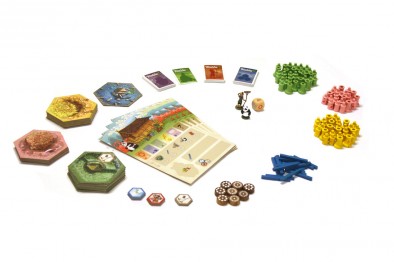
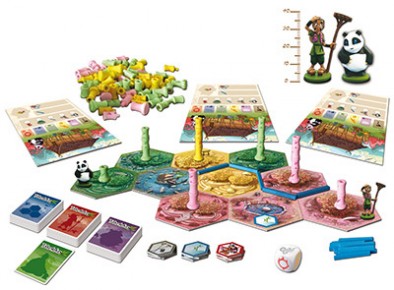
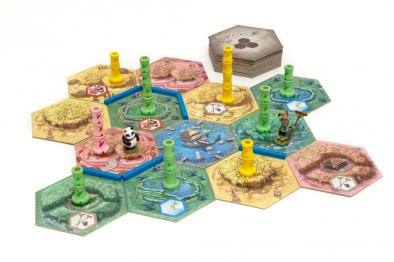
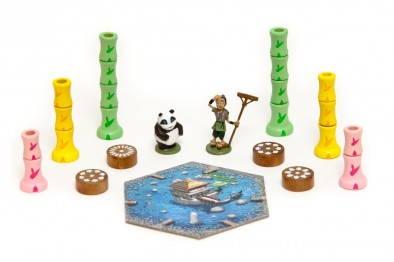















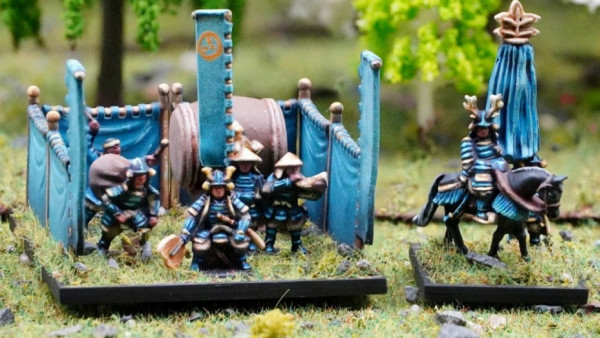






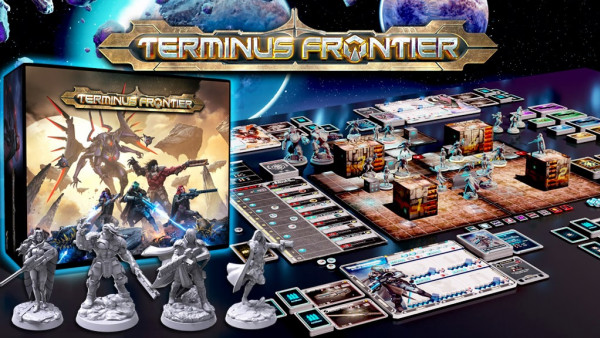









…essentially made me realise that I need to pick up (or indeed play) this game sooner rather than later. Looks so much fun via Tabletop/WiP and I think it would be a good gateway game for those people who haven’t tried many board games before.
Also perfect for a family 🙂
look awesome, I just watched the TableTop vid, really fun!
If I don’t get this for my daughter’s birthday then there’ll be pandamonium…
…see what I did then? Just to think some people don’t think I’m funny!
We got it; the joke wasnt too bamboo-zling
Its a fun little game, perfect for play with the gf 🙂
^ Totally! Bought this about a year and a half ago and with it started regular board games with my girlfriend. A couple weeks ago she bought her first miniatures (Warmachine Cryx battlebox) Playing the long game has paid off 😀
But yeah, this game is a beauty!
I want this game it looks like so much fun
Might actually play really well, but that is the most emo thing I’ve ever seen and I visit Camden alot…